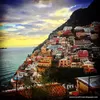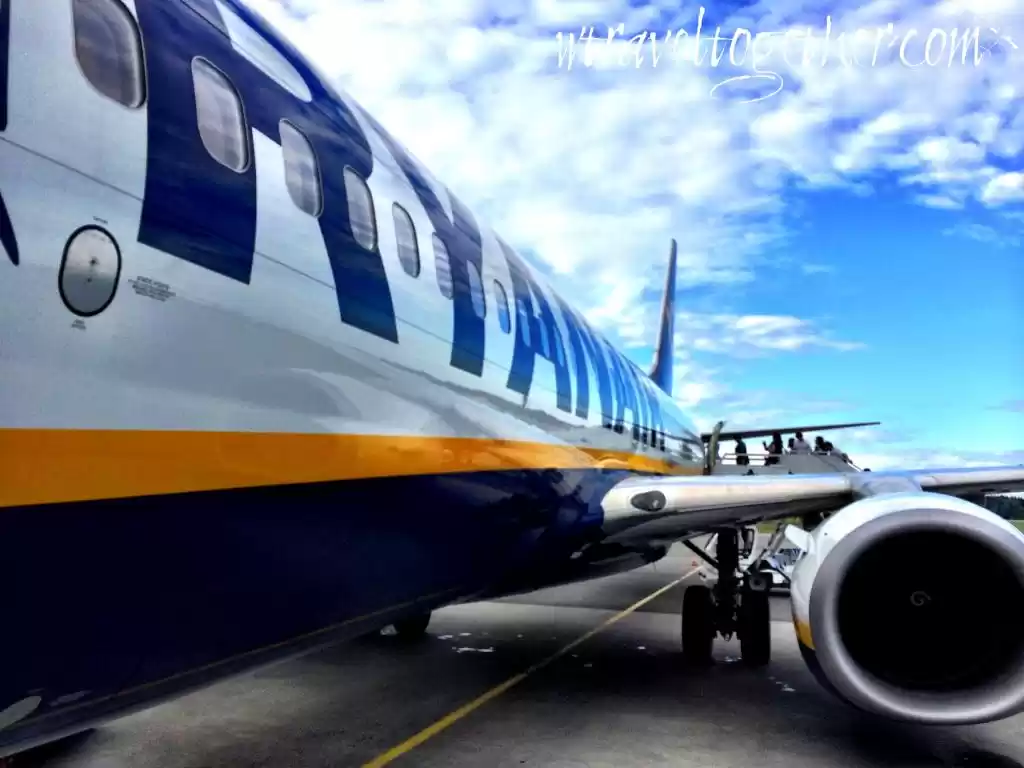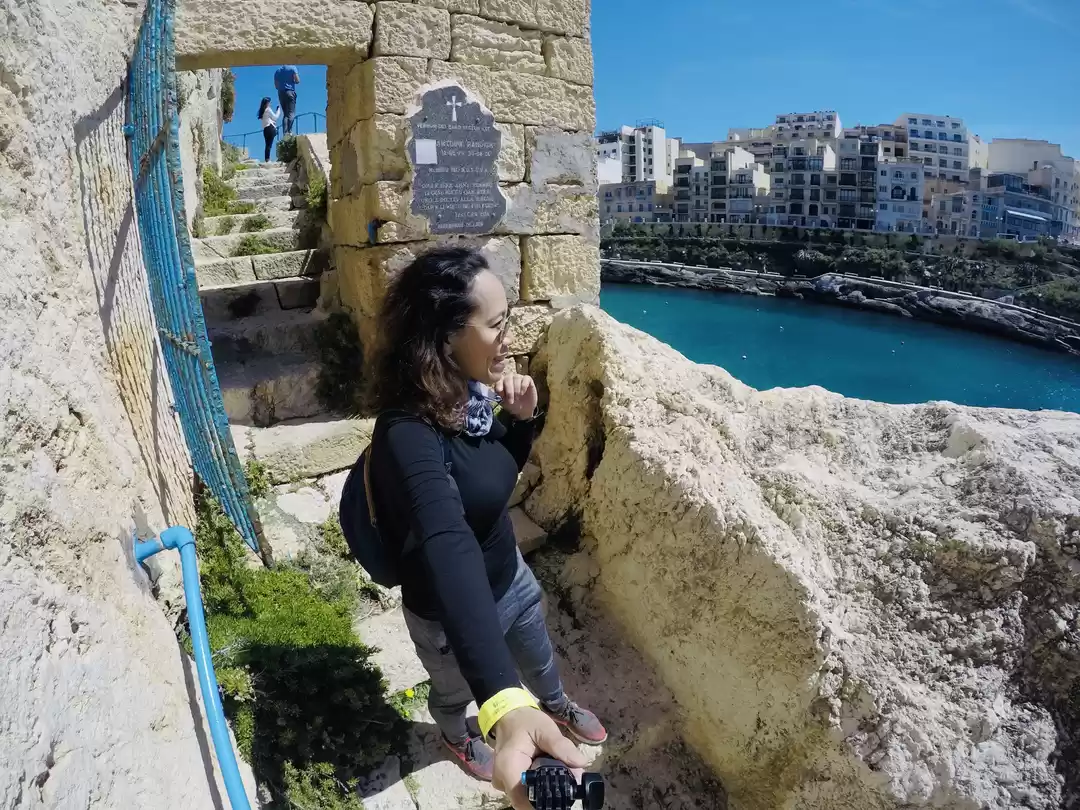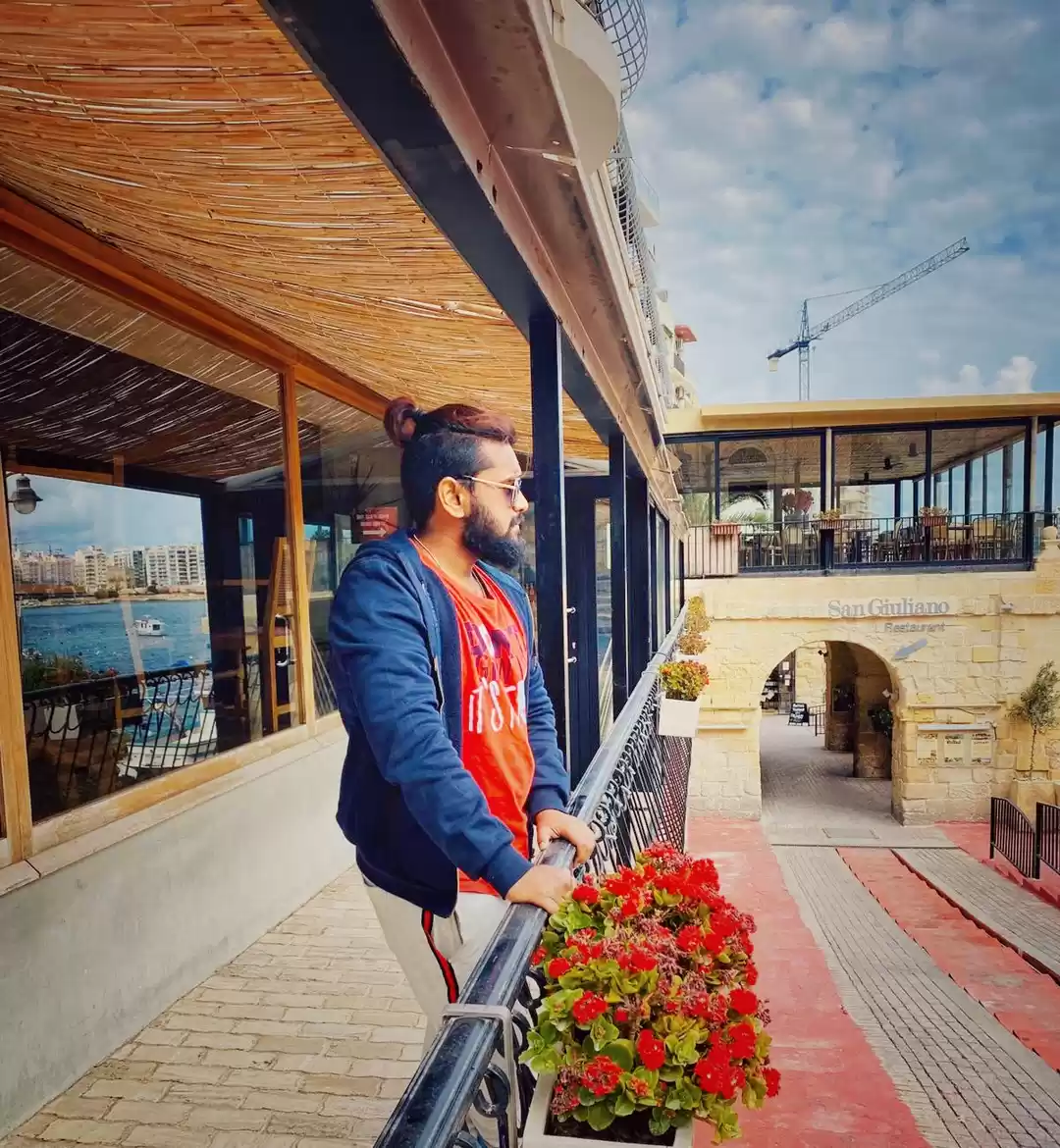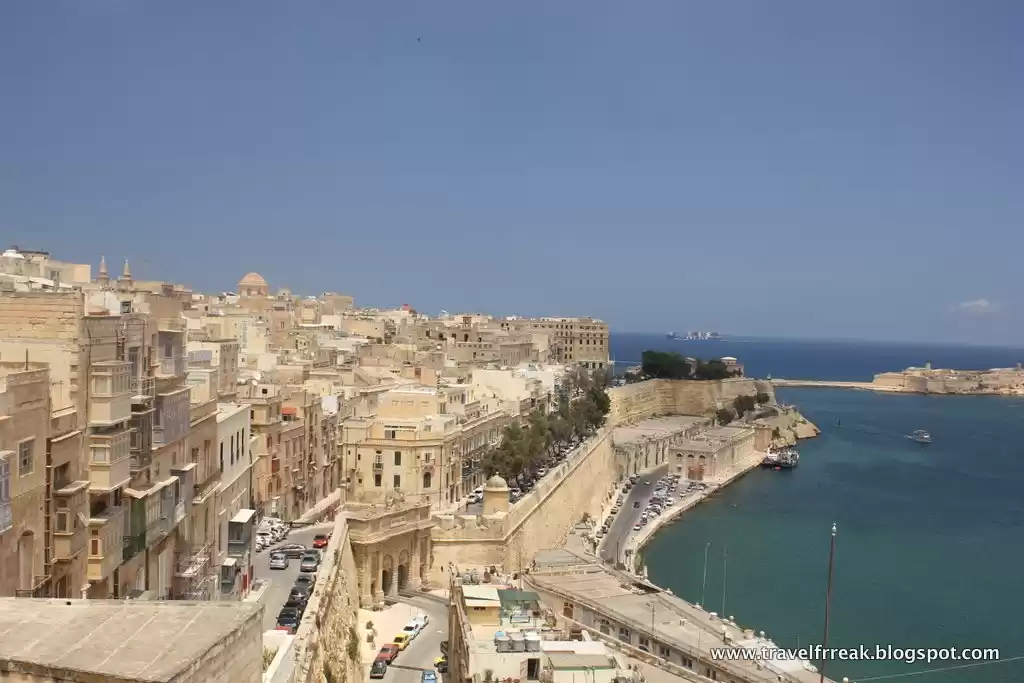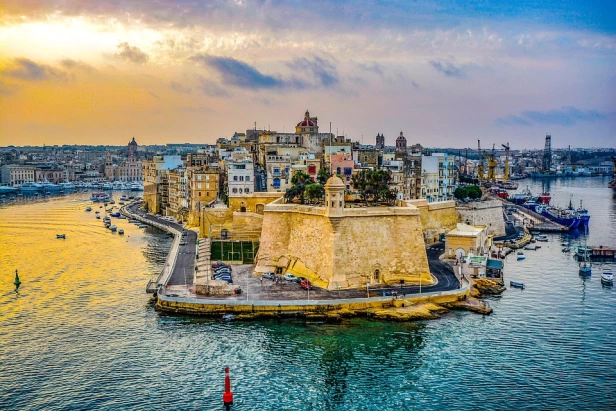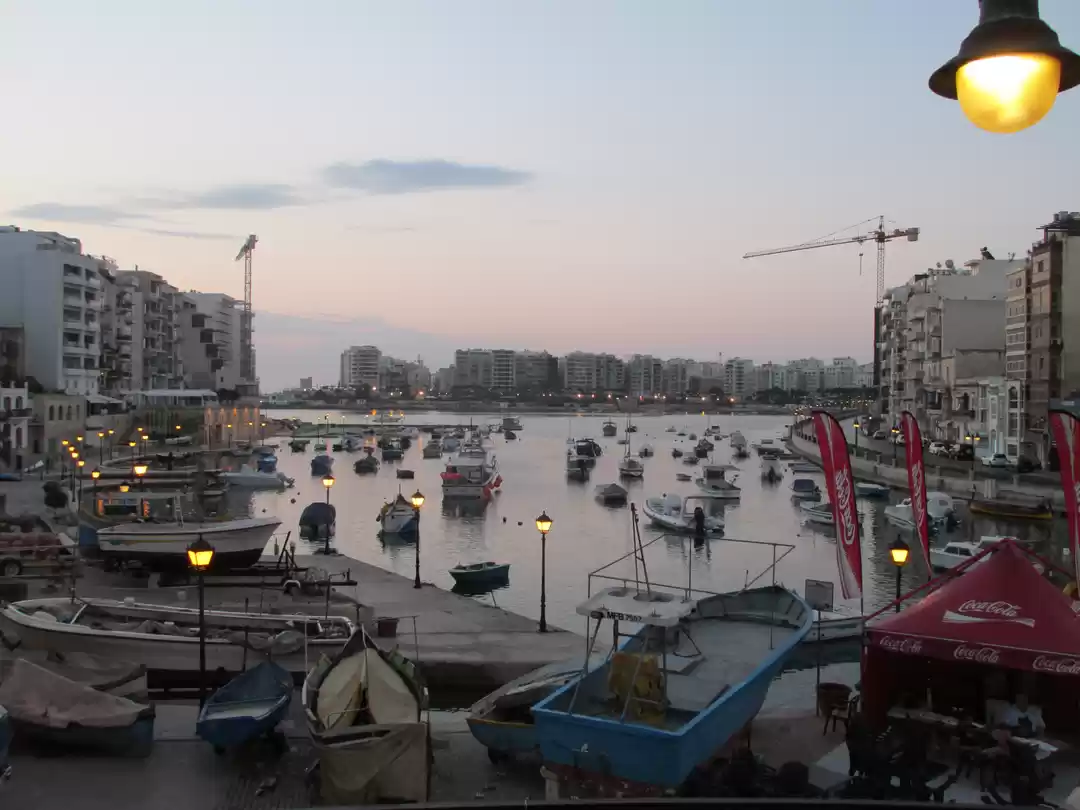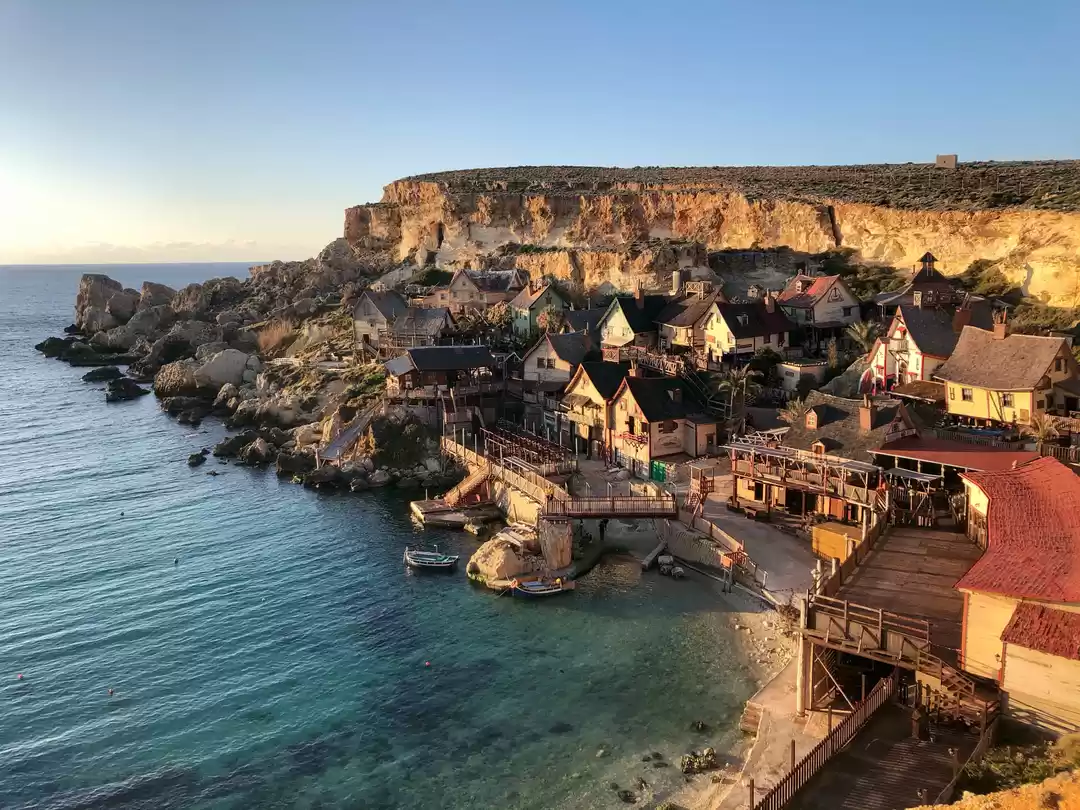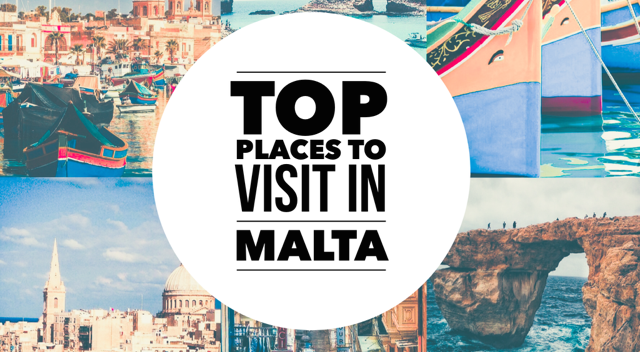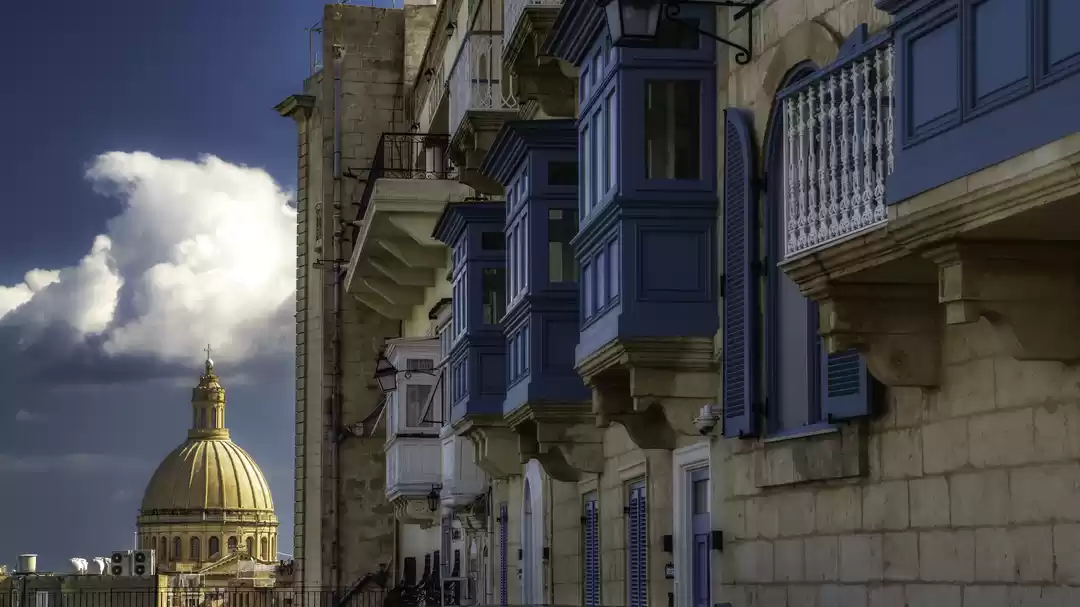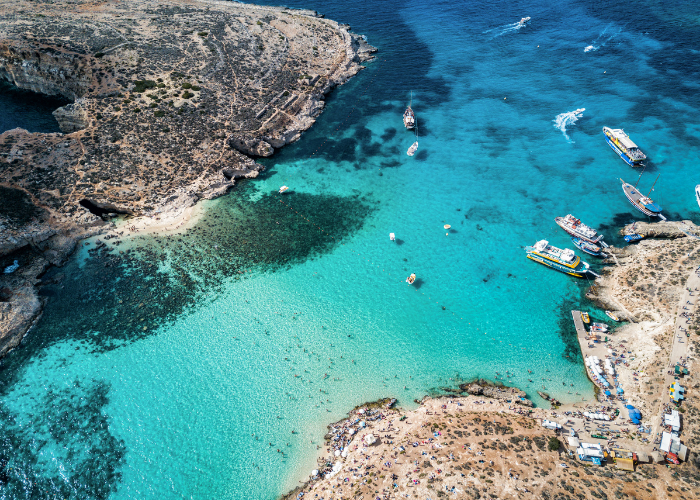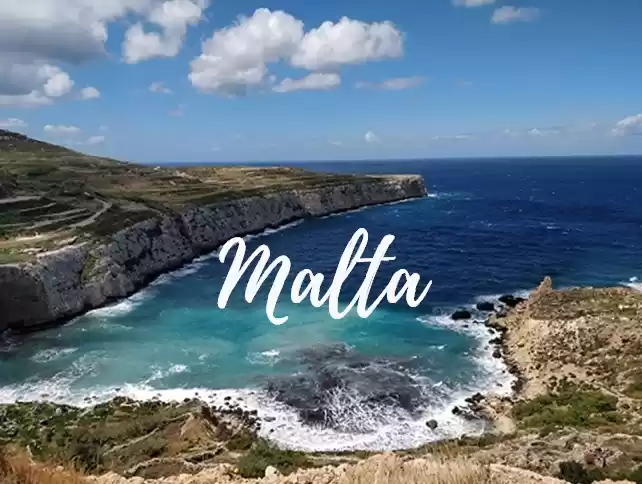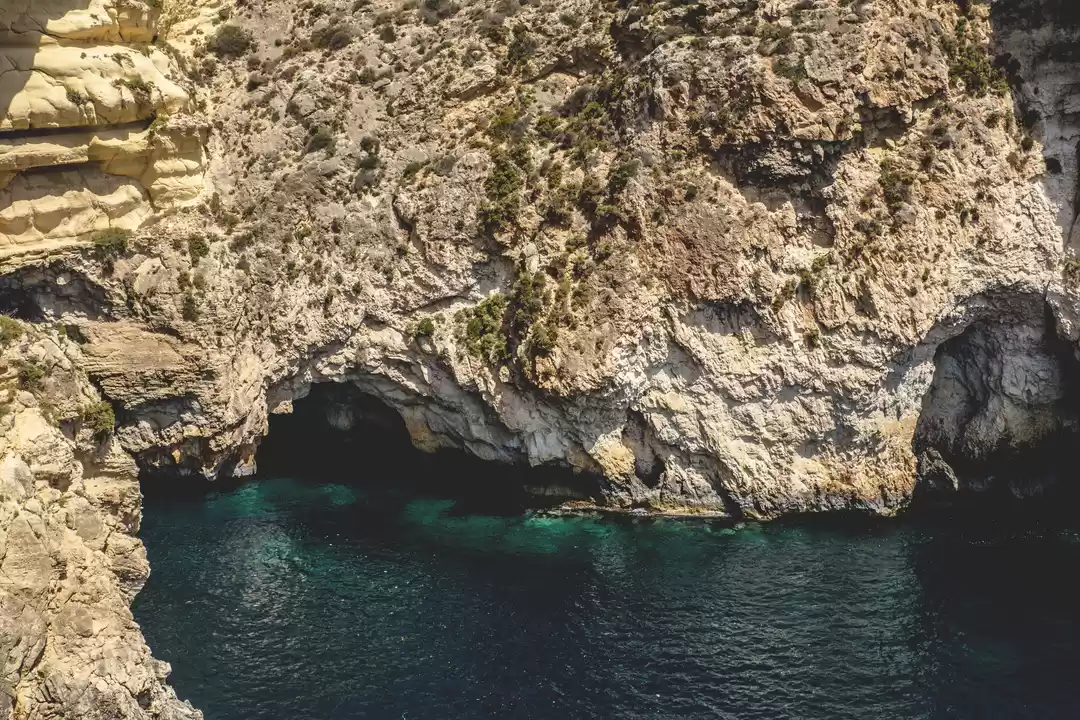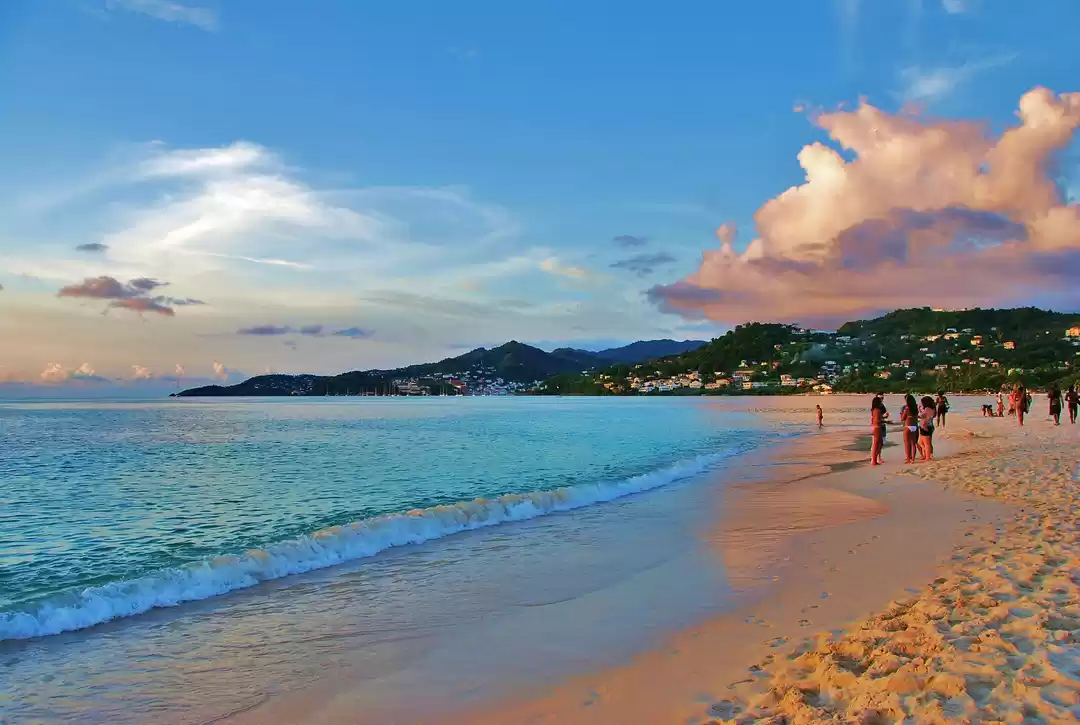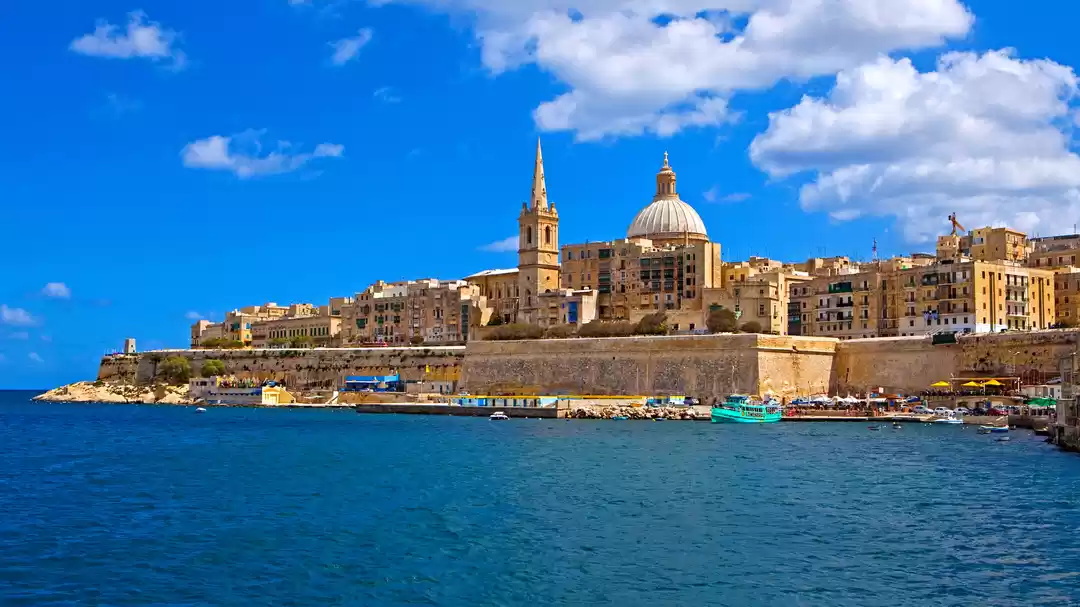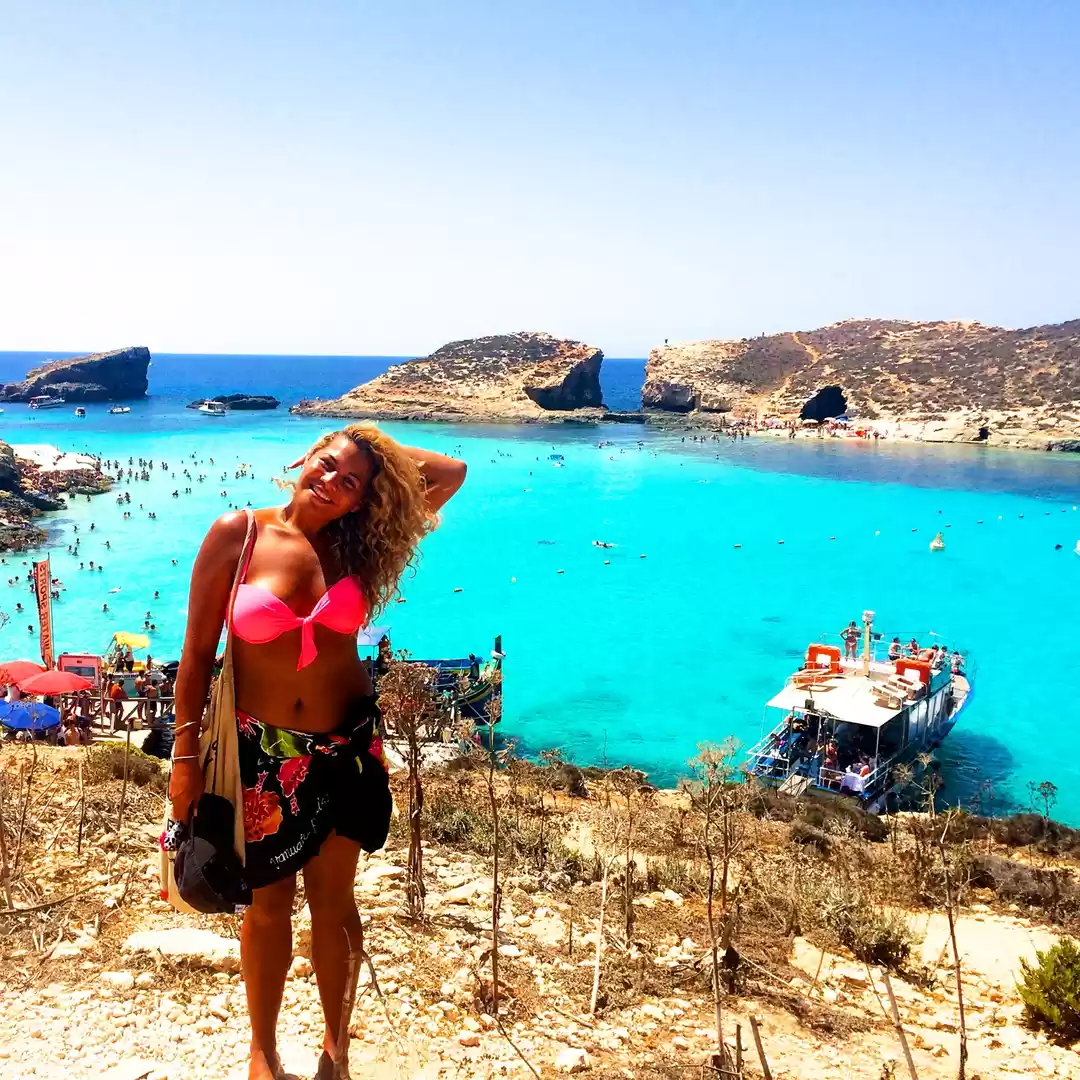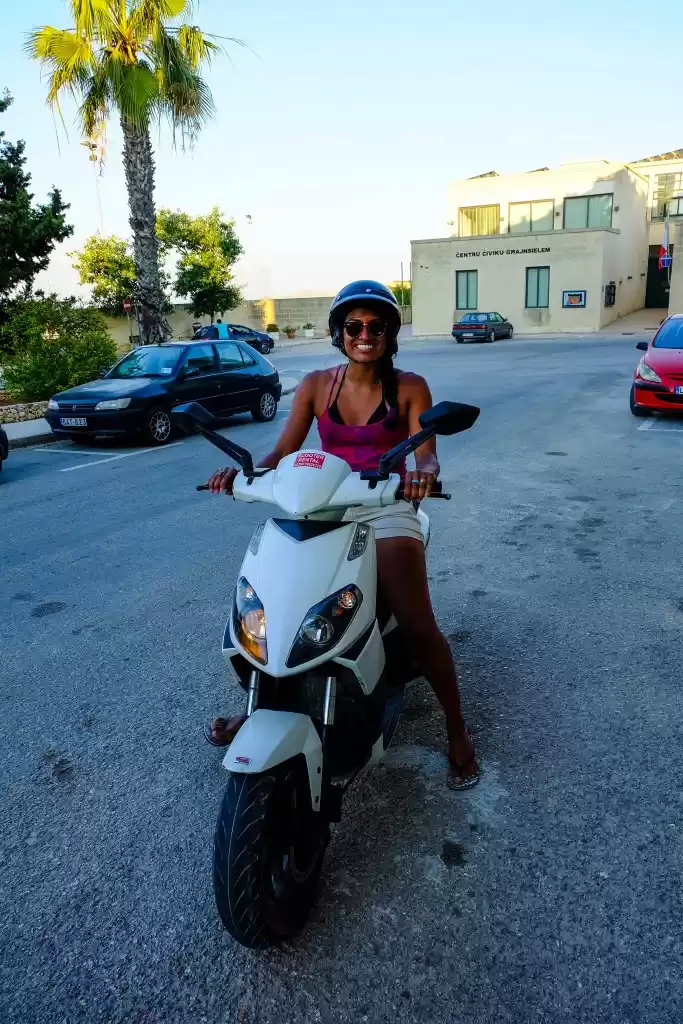
Details and photos on, http://travelfrreak.blogspot.com/2018/09/exploring-historical-malta.html
This summer, I spent three wonderful days in the island country of Malta. I was there for an office event but still got ample time to explore the island. And totally fell in love with what it had to offer. I had heard about Malta for years but was still pleasantly surprised by all there was to see and appreciate. Historic cities, pre-historic temples, Game of Throne locations, a beautiful deep blue sea and of course warm weather all year round to add the icing on the cake. I enjoyed my time there and can see myself coming back to explore it a bit more, given this time I didn't get as much time as I would have wanted.
The country is made up of 3 main inhabited islands - the main one is Malta, the next being Gozo which is very sparsely populated and apparently has a very desolate Mars like landscape. And the smallest being Comino. Malta has a very hot weather throughout the year, with mild non-snow winters. And the landscape is very dry and yellow everywhere with rains occurring barely less than 14 days a year.
It has had a very complex and complicated history which has made it what it is now - a pleasure to explore and learn about. Malta has been overrun by different cultures over the years, from the Greeks to the Romans to the Spanish to the Arabs to the French and lastly the British. One of the key people who affected the course of its history were the Knights of the Order of St John (also known as the Knights of Malta). Each of these people have contributed to the architecture, culture and people on the island. An example of that is the Maltese language which has also turned out to be a mixture of different languages, 75% Arab with the rest being Italian and Latin words.
We were staying away from the cultural areas though, in the Hilton hotel in the Portomaso resort area. The whole area was touristy with a lot of large resorts everywhere. Even though we were next to the sea, there weren't really many beaches around. Right in front of the hotel was a marina with a lot of boats moored there plus a bit of water sports options around. The hotel was quite convenient and imposing, with 4 deep blue pools, all right next to the sea. The rooms were outstanding and I had a balcony looking over the marina. We also had the President of Malta come in to give a small speech while in the hotel. All in all, a good comfortable place to stay.
The resort town also looked charming from afar, with yellow stone architecture and small shops and alleyways everywhere giving it an old world feel. We however explored very limited places nearby and mostly did trips nearby to historical places which were much more stunning and impressive than the resort area.
The place we explored on our first day on the island was the capital city of Valletta. It was a 15 mins cab ride from the hotel and felt like from a different era altogether. The city is spread out on both sides of the bay and provided a magnificent view in yellow against the blue of the water. We started our walks at the Upper Barakka gardens which were on top of the hill, providing a nice picturesque setting of older yellow monuments and well laid out flower beds. The views over the Bay, the fort below and the opposite side from there were striking. It was all yellow around, made even brighter by the warmth and sun all around.
We then walked down and through the town through random streets to explore it at our own pace. It was Football cup season, so we stopped for ice-cream and saw one of the matches at the local cafe. The weather was very very hot and the ice-cream was welcome. We walked past the main cathedral, old churches, nicely laid out gardens and around the fort wall (which we were unable to identify for a long time). The city felt similar to the location from the song from Tamasha - Matargashti and we almost felt like recording a video with us dancing to the same, but we desisted ????. The city was very fascinating and I loved walking around just taking in the relaxed old world feel it offered. And it feels good to know that cities like these can still exist peacefully with the glass and steel that is taking over most of the world.
One of the other days, we had our Gala finale dinner on one side of the bay, opposite the old city. It was the perfect picturesque setting with a panoramic view of the old city across the bay. When we started, the old city was glowing yellow which turned red by sunset and slowly turned blue when the lights came on. It was the perfect way to end a nice weekend dancing away till late night in the open, with the skyline of Valletta as the background. It was a night to remember and we totally enjoyed the experience.
Trip to Blue Grotto, Haqar Qim and Marsaxllokk
The second day we went on an organised tour to a couple of places in the south of the island. The drive across the island was quite fascinating as the guide shared lot of stories and random trivia about the island on the way. Which was definitely interesting to listen to as the island does have an interesting history given its strategic location between Europe and Africa. And, as usual, it was a bright sunny day because of which everything felt bright and enjoyable. Of course, at times it also got a bit hot to stay outside for too long. But we liked the variety offered in the tour. We also passed through many small and big villages on the way which gave us a good idea of different parts of the island. I particularly loved one of the village which had grand yellow houses, which looked more like summer villas than normal everyday houses.
Our first stop was the Blue Grotto which is an interesting rock arch formation with a backdrop of bright blue water all around. We stopped there for a bit and took a few photos. A local guy was also showcasing his pet falcon and her antics which were quite popular. There was also an option to take a boat down all the way to the Grotto but we did not the have time to do that, so left after just viewing it.
Our next stop was the Hagar Qim which are the remains of pre-historic temples from 3400 BC. Apparently, there are lot of old temples discovered all the time on the island, including Neolithic temples which are buried deep inside, under layers of the earth. And each unearthing is a surprise. The people who built the Hagar Qim are said to have settled here as there was less risk of attacks given lack of any resources on the island. The ruins are still being excavated and their beliefs still to be understood. And from what has been found, it is assumed that they worshipped a goddess and believed in afterlife. The remains were a quick stop and what I found most interesting about the visit was how much of the carving and temple structure from five thousand years ago is still visible and in decently good shape.
Our last stop of the tour after Hagar Qim was a local fishing village called Marsaxllokk. We stopped there for an hour or so exploring the shops and the places around. As usual the entire village was a picture in yellow stone. It was small and quaint, with narrow roads, impressive buildings and people going about their daily jobs. The typical fisherman boats moored there were all in bright colours providing a beautiful contrast to all the yellow and the perfect place for a photo shoot. There was a calm character to the village which is different to explain. We spent some time there walking by the local markets and churches while taking in the cool breeze from the sea, all making for a relaxed, warm and enjoyable day.
The last place we explored on the Sunday was the tiny town of Mdina and I must say it was the best of the lot. It was a small little walled place, located on top of a hill and transported us to a completely different century. It was one of the popular locations for Game of Thrones' shooting of the Kings Landing and totally makes you feel that you have time travelled to a different era of kings, maidens, knights and carriages. The entire town has only one grand entrance and is completely walled, it has an old style architecture, all in yellow stone and is a pleasure to amble through leisurely. It is an experience to be had which cannot easily be explained in words.
The place was built by the Arabs in the 1500s and hence the name. It is full of gardens, churches, small shops and cafes everywhere. There are narrow alleys and flower covered walls. And then there are small squares and large grand buildings. And carriages running through them - all providing a charm as if from a different century.
We also ran into a wedding at a local church, and spent some time just watching it happen! And surprisingly next to the church was a red telephone box from London. It was a surprise given how far we were from London, but clearly not from tourists ????.
The view from the top of the areas outside is spectacular and worth seeing. You can easily see the island till very far, green fields and orchards, dotted with flowers everywhere. And you also realise then how densely the island is populated, with very limited empty spaces. We spent a few hours exploring the town and loved our time there. It was by far the best experience on the island and a definite recommend.
Malta is a religious country and the Christian churches hold sway here. There are 18 public holidays in a year and it rivals India on that count ????. Each village has its own church and sometimes multiples of them. Plus each church holds its own feasts regularly. On the day of the feast, all the houses decorate their houses with flags on top and the church bursts fireworks to celebrate the day. In fact there is friendly rivalry and competition ongoing between the churches on who holds better feasts and has the best fireworks display. So as there are 365 such different churches, most days of the year, you can hear something going off in the sky, each display bigger than the previous ????. We did notice one of the villages getting ready for the Feast of Madonna with all its houses decorated and flying flags on top of the houses to signify the upcoming day.
Also even though the island is Christian today, it earlier had a Muslim majority but they were all asked to convert when the Spanish took over. And apparently, most of them converted only externally, though they still follow their own religion through their traditions and culture.
The last ones to rule the country were the British. And they didn't interfere with the language and religion as they very smartly had signed an agreement with the church. During their rule, Italian was the language of the intellectuals and English was the language of the sailors. And Maltese was the language of the locals. This is changing now though with English increasingly being spoken among the youth. Also in recent years, Malta has seen a lot of immigration from Africa which is affecting the cultural mix on the island. And because of new people coming in who can't speak the language, Maltese is losing its popularity slowly and slowly.
There are not many rivers or mountains on the island or even industries or resources except maybe limestone quarries. The island is very densely populated and so the only resource it has is manpower. In recent years, therefore Malta has been used as a low cost location near Europe. And even though its in the EU, it is not a very rich country. Thankfully though the country still offers free childcare and healthcare. It gets a lot of subsidy from EU, plus Taiwan helped build some of its tunnels while then China gave it a harbour. Also, apparently, property prices have skyrocketed in recent years as there is no new land left for constructing new buildings. So only the existing places can be rebuilt.
People on the island are very very friendly, especially the taxi drivers. They all gave us lot of tips on what to do on the island, plus chatted about it history. It also felt like the Maltese are very proud of their little quaint country, and rightfully so. We also thoroughly enjoyed our time there.
There is one scene which I always remember when I think of Malta - while landing at the island, I could see the island rising from the sea starting with white cliffs right next to the blue waters. And slowly lot of yellow stone buildings coming into view everywhere, some of them getting lighted slowly as the sun set. I think this is what Malta is, a stunning island with both history and natural beauty to offer. And this is the feeling I will always retain with me, of this warm island in the middle of nowhere, but it has everything, nature and culture...

